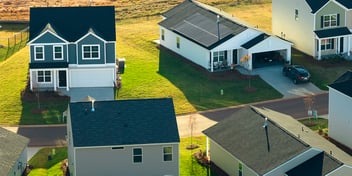- Home »
- Learningcenter »
- How hot roof summer
Roofing FAQ: How Hot Does a Roof Get in The Summer?
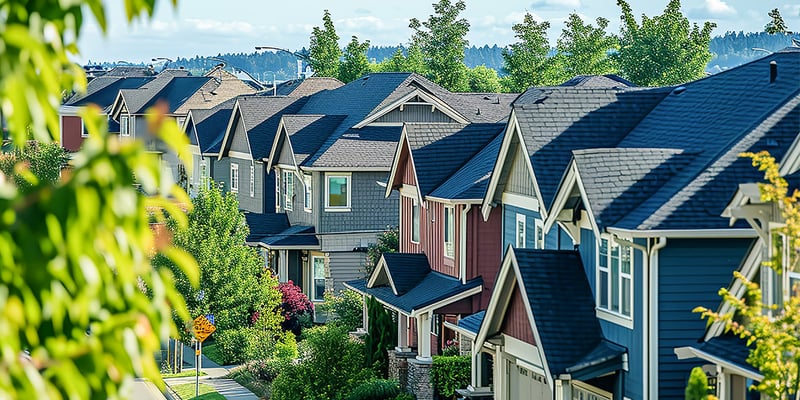
Summers turn my roof into a stovetop, which makes my house less inviting and my energy bills sky-high. If I become savvy about how my roof deals with heat, I can choose smarter parts and cooling strategies. This means more cash in my pocket and a comfier home environment.
So, why does my roof sizzle like bacon? I'm talking about the space of roofing parts, the cool benefits of reflective coatings, and the combination of ventilation under the roof. Understanding these will guide me to the best fixes for beating the heat at home.
Reflective coatings are incredible. They send the sun's rays packing, keeping my roof and house cooler. Making sure my roof breathes with good airflow is a huge help, guiding clear the unwanted heat. And not all roofing parts are equal. Some are champions at reflecting sunlight or insulating the house.
Making the right choices for my roof has many uses beyond smart; it's a win-win for my bank account and living comfort. It's in matching my specific needs with the right solutions. Saving money while boosting home coziness is high on my list.
Roofing Material Temperature Ranges
Picking the right material for your roof is about keeping cool, especially when the thermometer soars to 90 degrees outside. Imagine this: while black asphalt roofs can sizzle up to 160 degrees on these scorching summer days, their white counterparts relax at a more comfortable 102 degrees. The color of your roof matters a lot with heat absorption.
Let's talk about keeping things cool with reflective coatings. These useful additions bounce sunlight back into the sky, meaning less heat soaks through your roof into your living room. Metal roofs get a super useful star in this department. They're wizards at reflecting sunlight, keeping your space as cool as a cucumber - as long as they aren't painted over.
Speaking of paint, slapping some reflective paint on a metal roof can be incredible. Unpainted, and they just don't hit the same level of cool. Then there's the green roofs, literally covered in plants. They're cool - cooling down your roof by acting like a natural insulator - but they also add a dash of nature to cityscapes.

Gravel-covered roofs are somewhere in the middle. They're cooler than the black tops but not as reflective as the whites or coated champs. It's pretty wild how different parts and colors can change the game for roof temperatures.
So, why does this all matter? Which makes a smart choice with your roofing material or a roof garden? Both give your home a cool tone (pun intended) during the summer. It also means you could be saving on energy costs. That's right; choosing the right roof can help keep your indoor spaces naturally cooler and keep your energy bills in check when the heat cranks up. That's a win-win for people.
How Does Solar Reflectance Affect Your Roof's Heat?
Have a roof over your head? Here's a cool fact: what it's made of can turn up the heat or keep you relaxing. Imagine this - on a hot sunny day, a dark roof is like wearing a black tee in the sun, soaking up the heat and reaching 150 degrees Fahrenheit. Switch that to a light-colored or specially designed roof, and it's like donning a white tee, reflecting that harsh sun and only hitting about 100 degrees Fahrenheit. This is about staying comfortable and saving serious money on air conditioning.
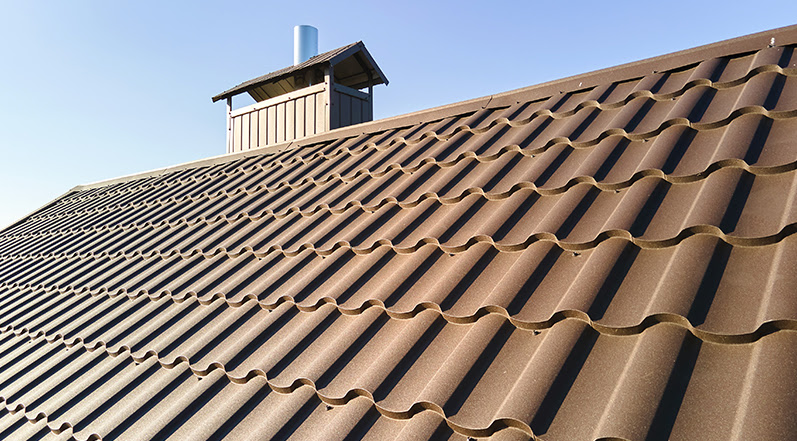
Let's talk about beating the city heat. Our cities are getting hotter, but we can turn our buildings into mini oases by choosing cool roofs - think special paint, metal roofs, or reflective tiles. These aren't just roofs; they're like shields, bouncing back sunlight and keeping those harmful infrared and ultraviolet rays at a distance. By choosing smart, we keep our spaces cooler, slash our energy costs, and make the planet solid by cutting carbon emissions.
So, considering a roof update? Going for ace parts in reflecting solar energy is a bright idea. It's a simple switch that pays off by keeping your indoors cooler and your wallet happier, all while giving Mother Nature a little high five.
Thermal Emittance for Cooler Roofs
Keeping your roof cool when the sun decides to turn up the heat is as simple as choosing a lighter shade or a specific material. The roof's ability to send heat packing back into the atmosphere counts. Some parts are pretty good at this game. They absorb sunlight but do not keep heat. Instead, they quickly release it, stopping your roof from turning into a hotplate. This trick is helpful, especially in places where the sun is friendlier than foe.
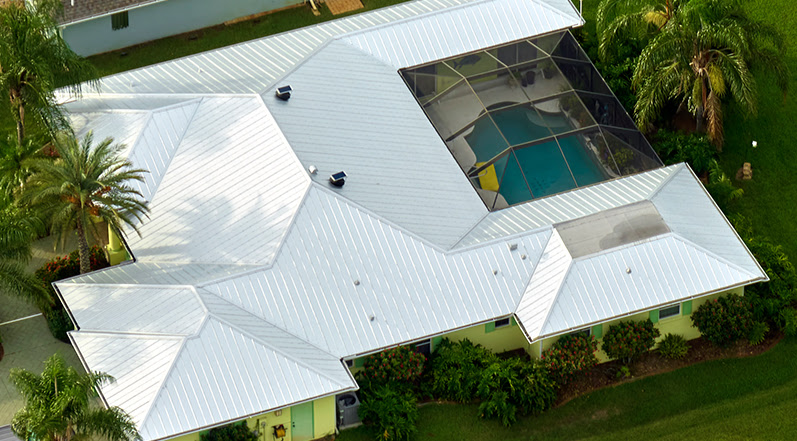
A roof good at bouncing back sunlight and getting rid of heat is a bit of a superhero for your building. It keeps things relaxing inside, so you won't have to crank up the air conditioning as much. This is comfy for those inside and kinder to the environment outside.
As our world gets a bit warmer, choosing a roofing that knows how to relax could be one of our smartest moves. This means our buildings use less energy and handle the heat without breaking a sweat. Choose a cool roof while keeping cool, and you help the planet while enjoying a more comfortable space underneath it, even when the thermometer climbs.
Ventilate Your Roof to Release Excessive Heat
Let your roof work for you, especially during those scorching summer months. Imagine it helping cool your home, acting like a natural air conditioner. How? Let the air flow freely underneath, pushing all that hot, stuffy attic air right out. It's a simple trick that could save you big on energy bills when the heat cranks up.
Here's a little tip: try adding soffit vents at the bottom of your attic, Which invite fresh air inside. Pair them with ridge or roof vents up top, showing the hot air at the exit, and you have a cooler roof and attic. It's like opening the windows to easily let through, but for your attic.
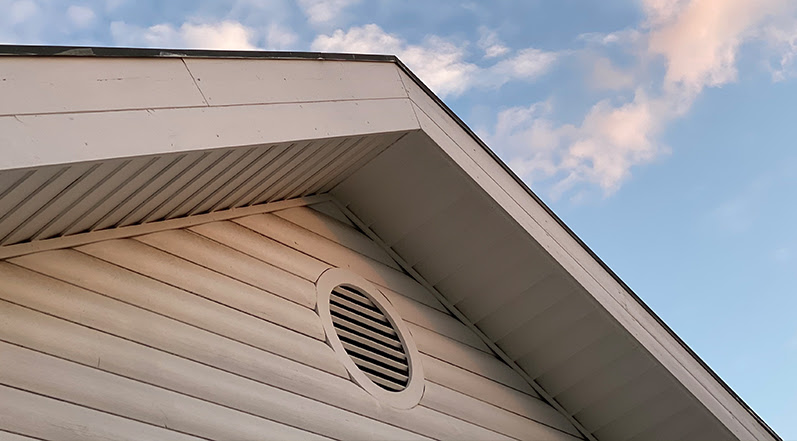
Thinking about stepping things up? Think about powered ventilators or attic fans. They're pros at dragging the hot air out and can be incredible in keeping your attic and, therefore, your home nice and cool. Yes, they'll use some electricity, but their relaxation in your house could make them worth their weight and super useful, especially in those hot areas.
Good ventilation is a comfort; it's about saving your roof from the beating heart it can give and extending its life. With a cooler attic, you won't trust your air conditioning non-stop. That's good for your wallet and great for the planet.
So, when it's time to give your roof a little TLC or a complete makeover, introduce ventilation, it's important for keeping things cool, which will make sure your roof stays in top shape and makes your home more comfortable, no matter how high the mercury rises in your thermometer.
Cool Roofing Parts for Efficiency
Picking out the right roofing isn't just about finding something that looks good. It's about keeping your place cool when the summer heat cranks up. Think about options like cool roof coatings, metal roofs, terracotta, slate tiles, or even modified bitumen roofs. Why? They're champs at bouncing back sunlight and not hanging onto heat.
Let's talk about how these parts relax. They're like a superhero shield against UV and infrared rays, stopping your building from turning into an oven. Metal roofs are a fantastic example here. They're both tough; when you slap on some reflective pigments, they throw sunshine back like nobody's business. Also, they don't hold onto heat, which means they're both cool - they make your entire building cooler.
And adding a cool roof coating? That's like upgrading your shield to the next level. More sunlight reflection means more heat is tossed aside.
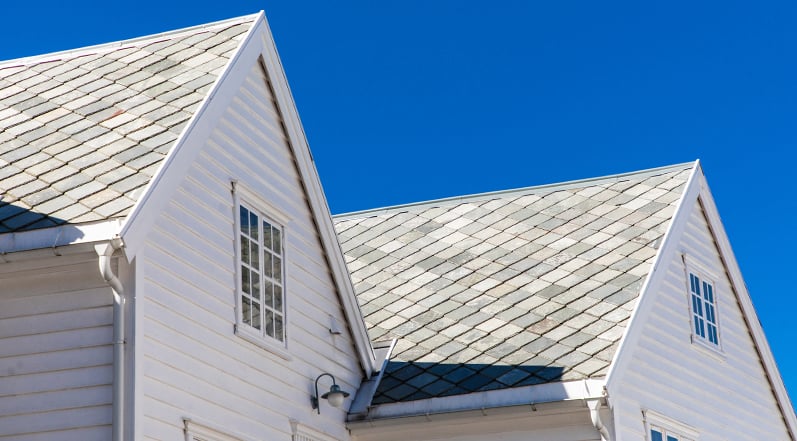
Here's the thing - when your roof does a better job of saying "no thanks" to the sun's heat, the inside of your building stays more comfortable. And comfort doesn't have to mean cranking the AC 24/7.
Switching to cool roofing means dialing down your energy use when it's hot out and even doing your bit to cut down on city-wide heat. It's smart, it's efficient, and frankly, it's caring for the planet.
I'm all in on cool roofing parts. They're a savvy pick for anyone looking to shave off some of those energy bills and keep cool without overworking the air conditioner. Also, you're setting yourself up for fewer sweaty days and more savings. Getting the right roof is your first step to making summer very easy.
Apply Reflective Coatings for Lower Temperatures
Think of reflective roofing as a roof's sunscreen. These cool coverings can knock up to 50 degrees off a roof's temperature by sending sunlight packing. In this story, you usually come across two heroes: elastomeric coatings that keep water out and aluminum coatings that are both tough but are champs at reflecting light.
Why the fuss? Well, with these coatings, buildings don't need to rely so heavily on air conditioning. That means lower energy bills and, on a bigger scale, less energy used. Also, reflective roofs are kind of like urban relaxing pills, helping to cool down those sweltering city atmospheres and making life in urban jungles a bit more bearable.
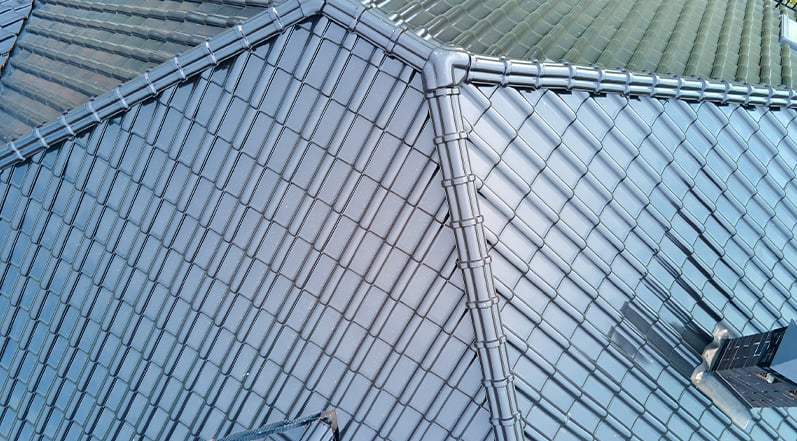
But wait. Reflective coatings can also lead to extra savings, thanks to some local authorities and businesses. They're offering benefits to people willing to go green because, let's face it, if more buildings adopt the cool roof trend, we can dial down the thermostat in our cities during these scorchers, easing up on our energy demands.
Deciding to go with reflective roofing is a way to save some cash or live comfortably, though these are huge pluses. It's also about taking a stand for our planet's future. This switch to a cooler roof could mean a world of difference, both in your neck of the woods and on a widespread scale.
Other Tips to Reduce Your Roof Temperature
Turning your roof into a lush, green haven? That's incredible for staying cool during those scorching summer months. Imagine this: instead of your roof acting like a giant frying pan, you have this awesome layer of greenery soaking up the sun, having a feast all day. The best part? While basking in the sunlight, they also act as your relaxing squad, pumping moisture into the air and cooling down your space.
Let's talk about the hero qualities of green roofs. They do more than reduce your air conditioning needs; they're fighting the good fight against the urban heat island effect. They're like rain magicians, too. Ordinary roofs? They just shoot rainwater right into the drains. On the other hand, green roofs slow it all down - absorbing, holding, and gently releasing water, giving your city's drainage system a well-deserved break.
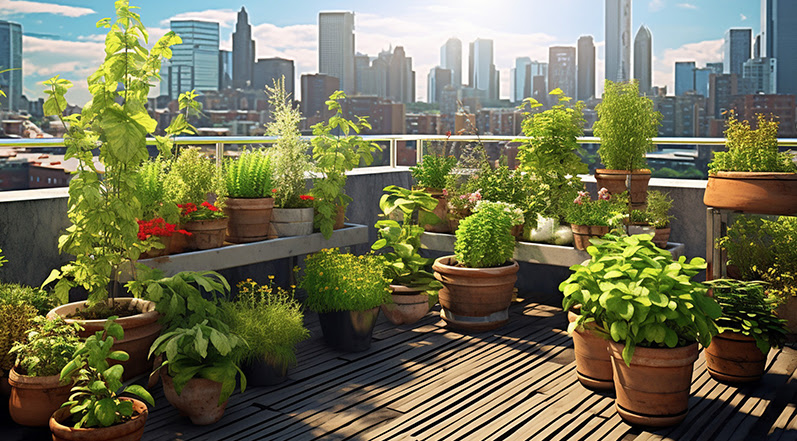
And get this: green roofs could be the secret to doubling or even tripling your roof's lifespan. They're like a shield against the sun's fierce UV rays and those wild temperature fluctuations, meaning less wear and tear on your roof. They might cost a bit more at the start, but the chunk of change you'll save on energy and maintenance costs makes it a no-brainer.
Choosing a green roof is a smart financial move. It's like giving the planet a big thumbs up and embracing a lifestyle that cares for the environment. It's about making choices that benefit your slice of heaven, your entire community, and Mother Earth.
Install a Green Roof to Combat Heat
Having a green roof is like giving your house a mini eco-park. Imagine your home staying relaxing even when the sun's blasting outside. That's because green roofs soak up the sunlight, preventing your roof from turning into a stovetop. They're both cool for keeping your place cool; they also take it easy on rainwater, slowing it down to avoid flooding. Also, they give birds and bugs a place to hang out and help clean the air by catching pollutants.
So, what goes into a green roof? Think of it as a layer cake for your home: there's a waterproof layer, a root barrier to keep things clean, a drainage system so it doesn't get swampy, a growing medium (kind of like special soil), and then the plants. These aren't your high-maintenance garden plants but ones that flourish without needing daily water or trim.
But, to get your green roof doing its magic - keeping your home cool and the rains at a distance - you have to look after it. And that starts with putting it together right. Skipping the homework could mean you miss out on the cool (literally) benefits.

If you think green roofs sound great but are difficult to DIY, we're here to help. Colony Roofers are the favorite pros for putting green lids on homes in Georgia, Florida, and Texas. We customize each green roof to perfectly fit your local weather, which makes your building cooler and the planet a bit happier. Besides being your home's relaxing zone, green roofs include extra benefits like top-tier insulation and nurturing local wildlife.
Are you curious about turning your roof green? Swing by Colony Roofers for a free consultation and to see what a green roof could do for your place.
 Call (678) 365-3138
Call (678) 365-3138



